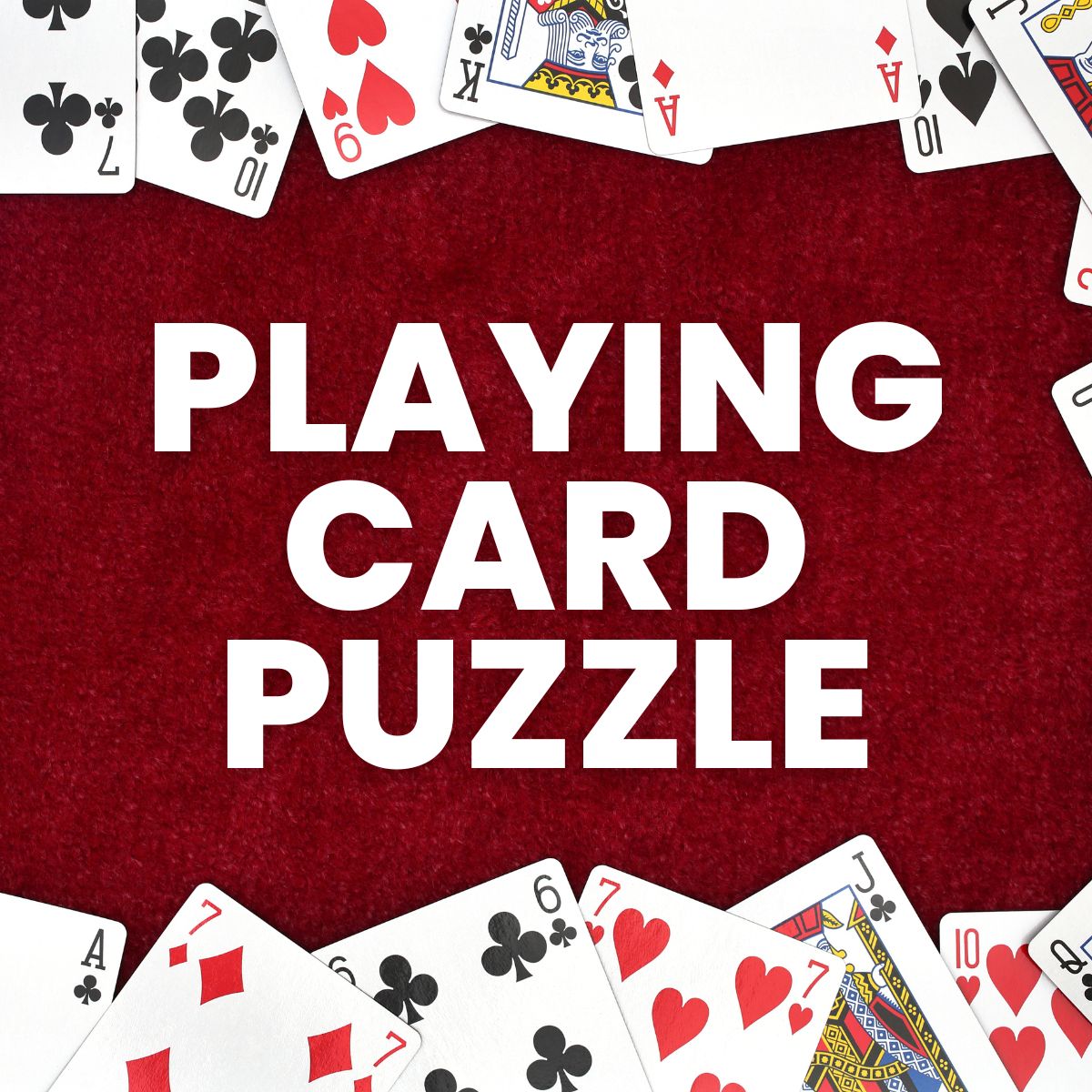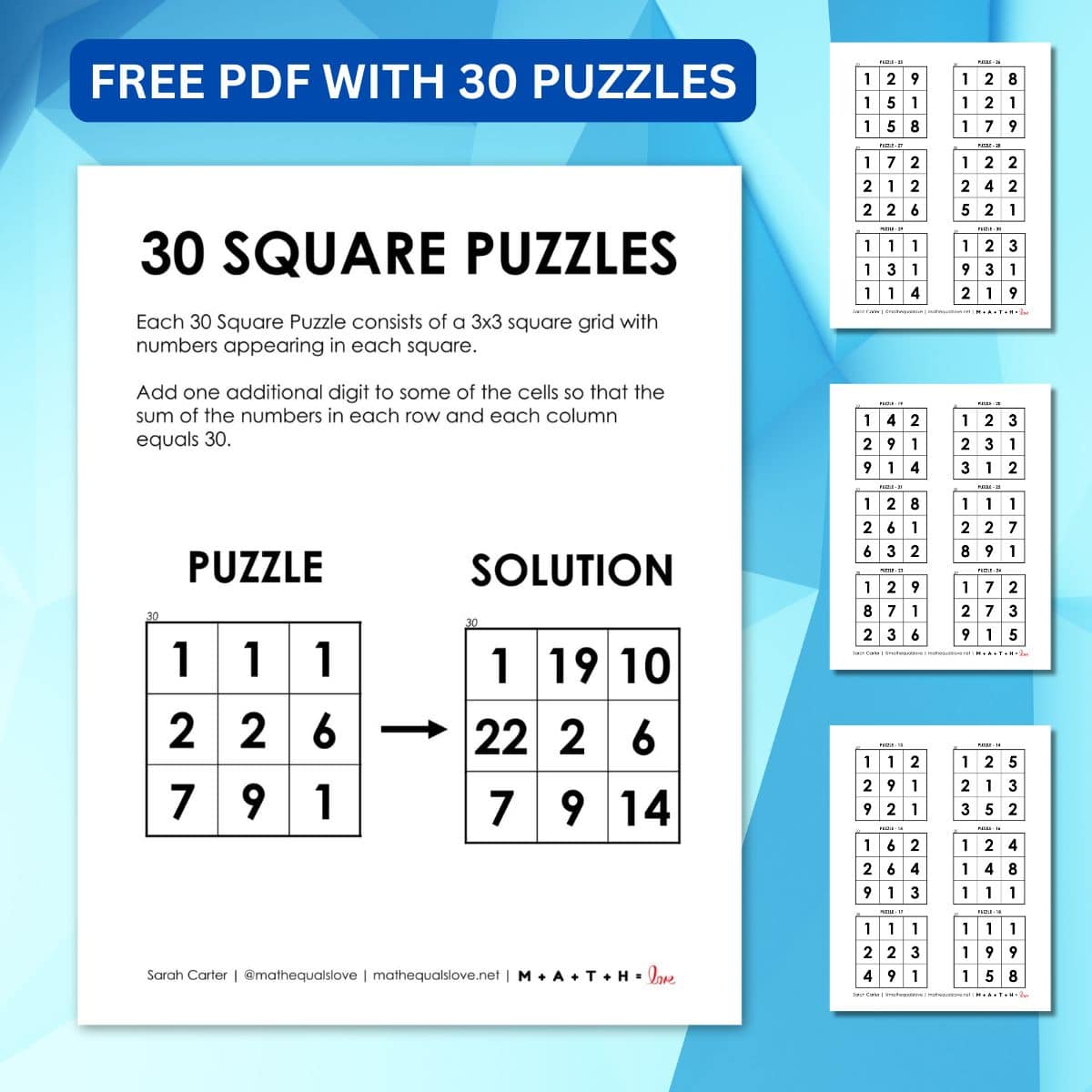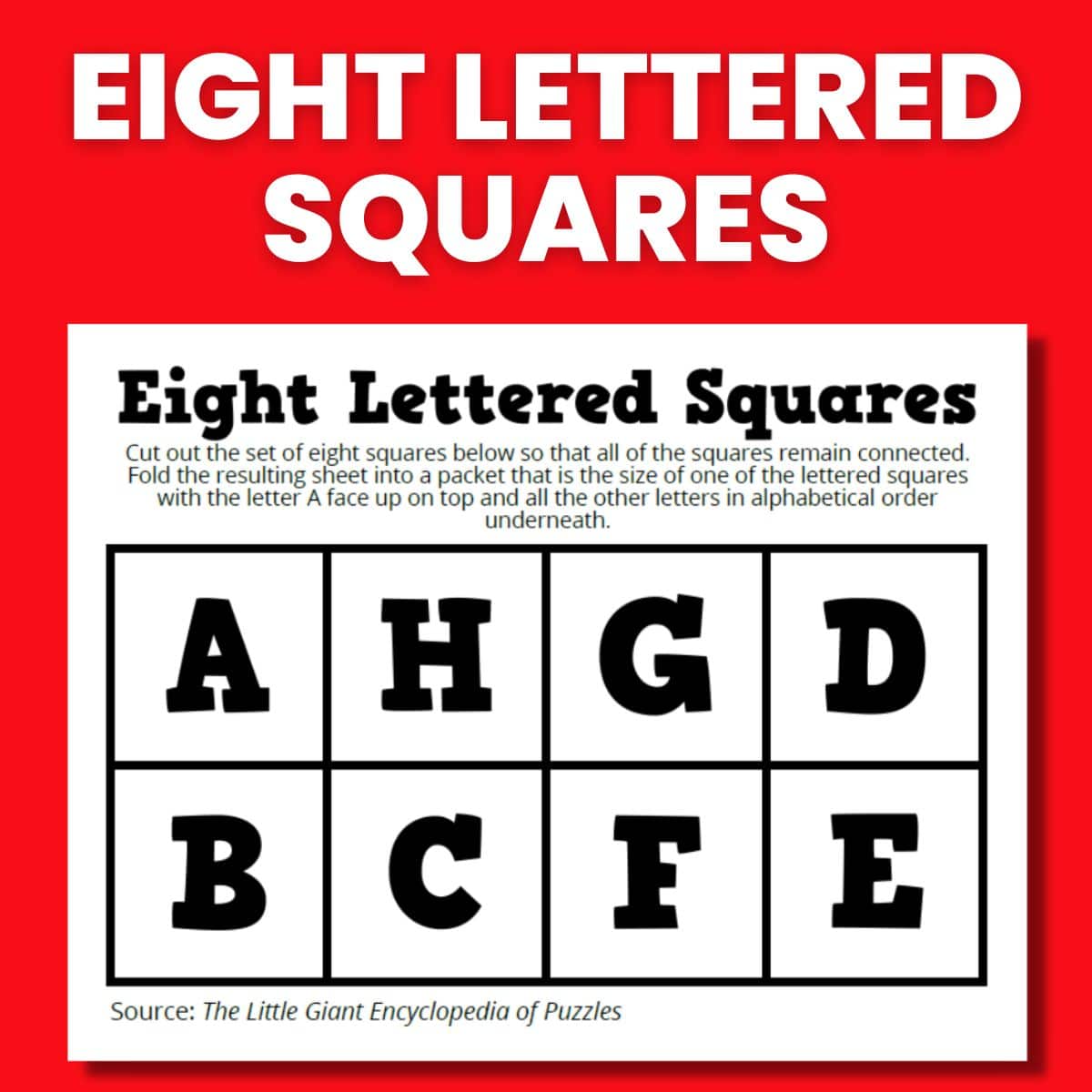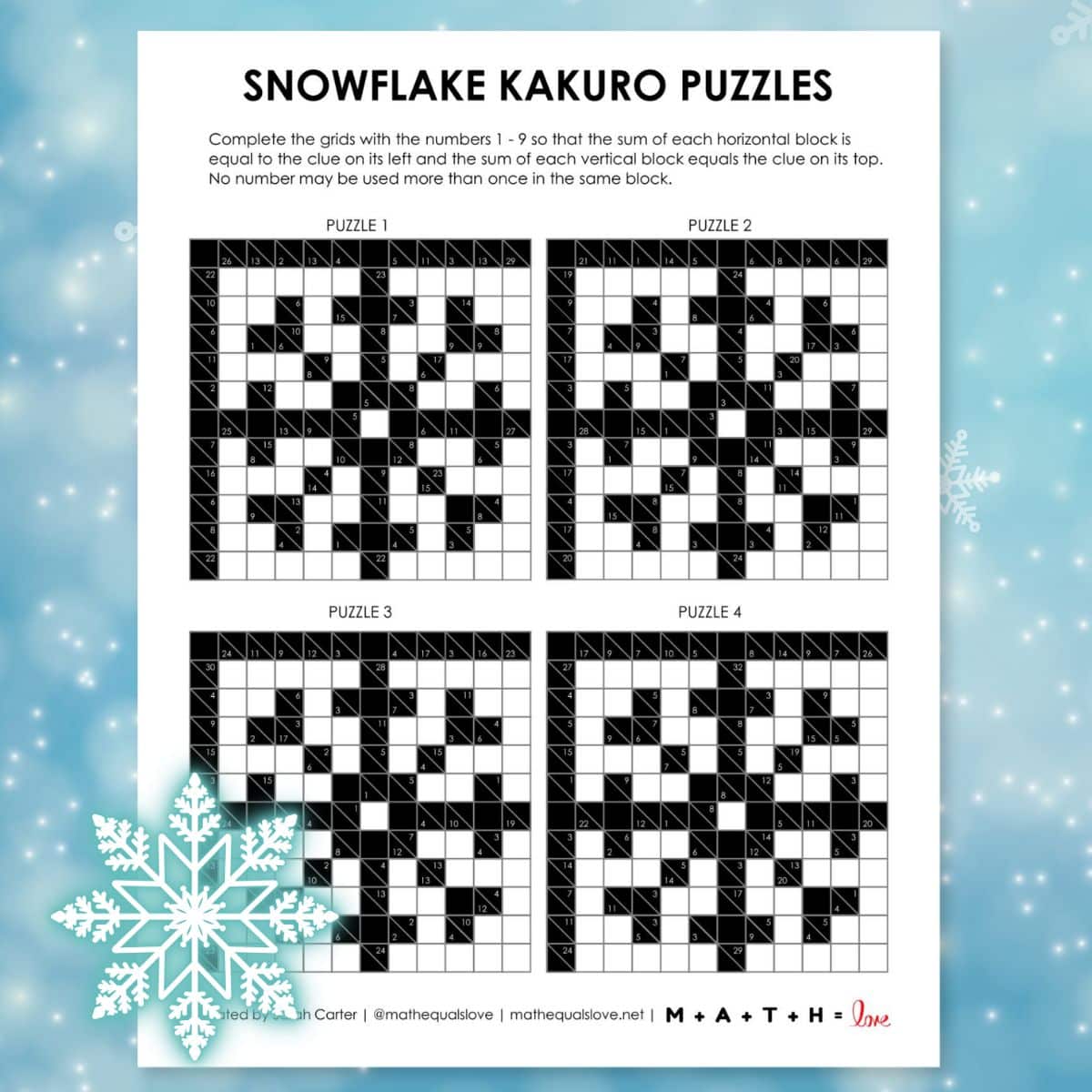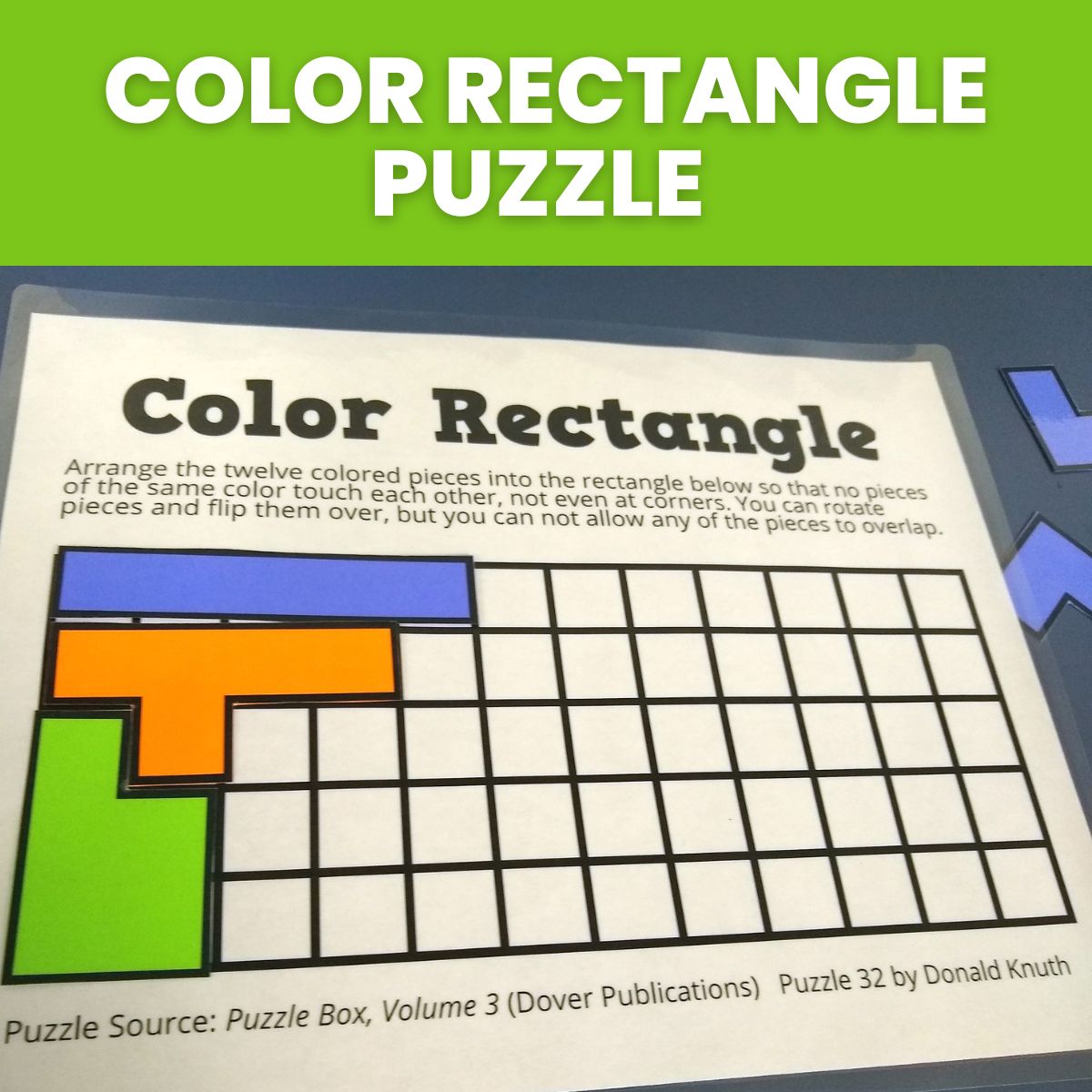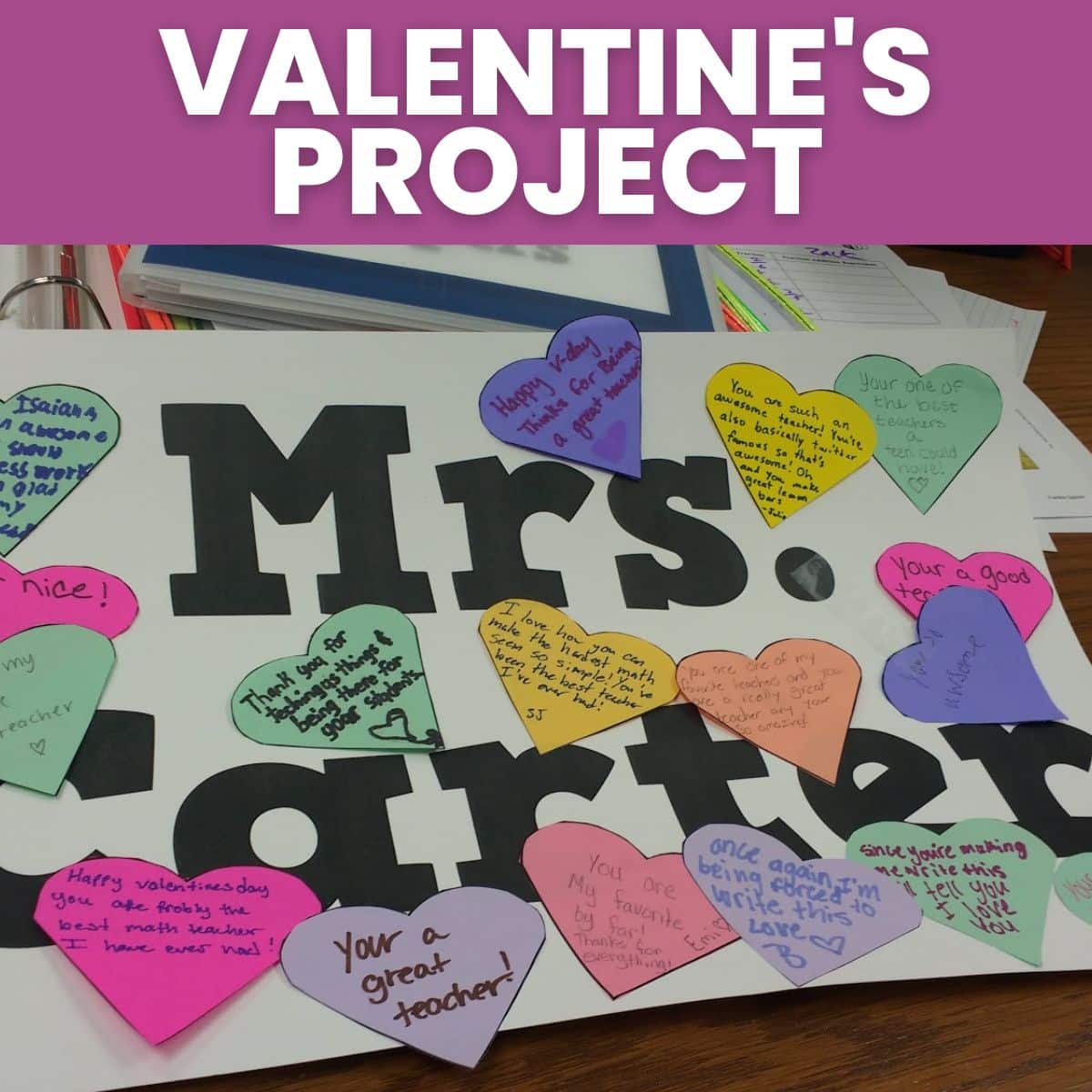Using Scales to Model Solving Equations with Variables on Both Sides
I used Sarah Rubin’s idea of using scales to model solving equations with variables on both sides. It turned out to be a brilliant introduction to the concepts of one solution, no solution, and infinite solutions.
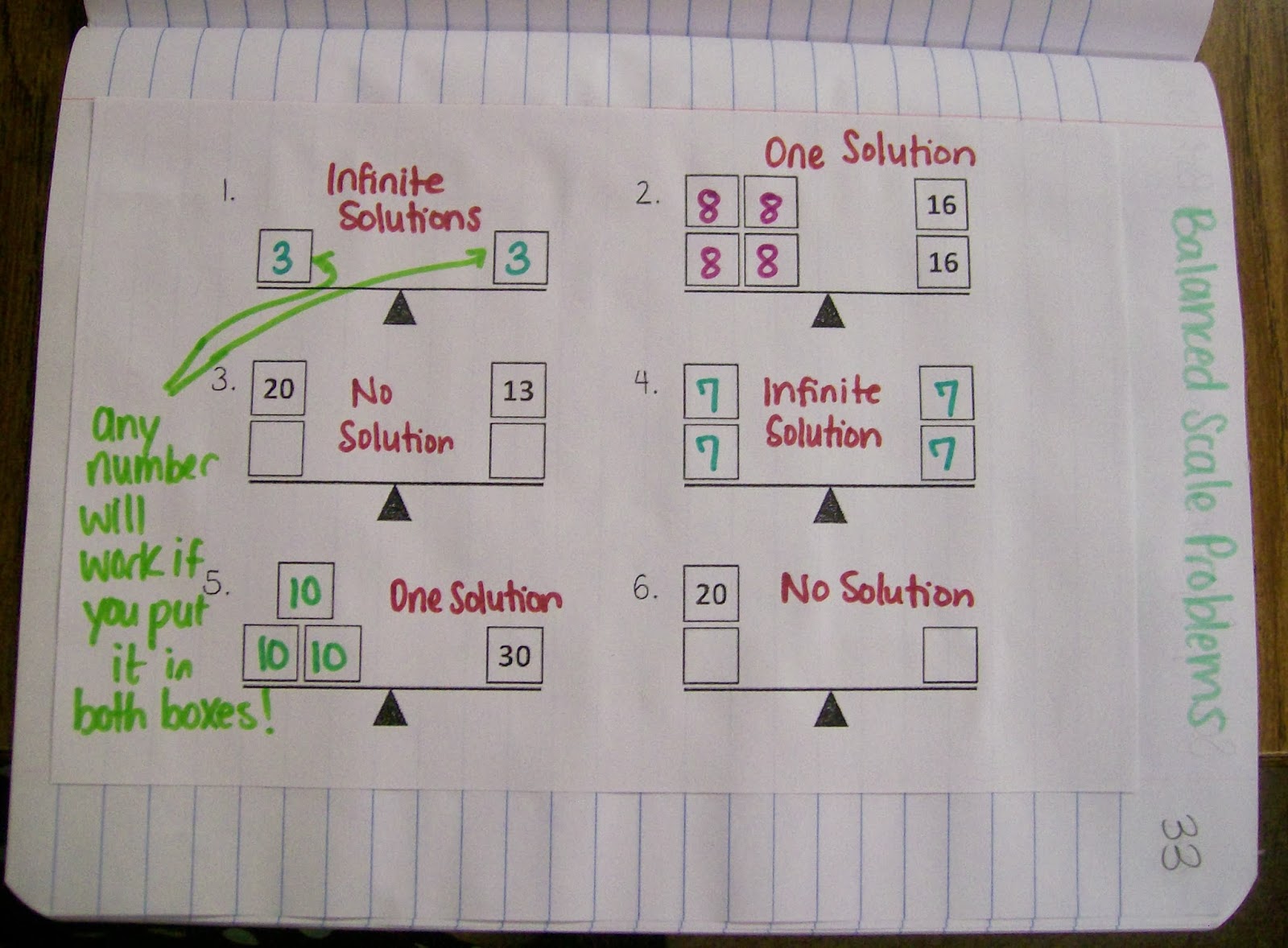
I did exactly as she said to. I passed out these 6 balanced scale problems to my students. It was shortly after Halloween, so I still had leftover trick or treat candy. I promised candy to the first student who could figure out all six problems. Instant engagement. That instant engagement was, of course, followed by instant frustration.
There are only two rules:
1. Both sides of the scale must balance.
2. Whatever number is placed in one box on the scale must be placed in every box on that scale.
Students have a hard time following rule #2. Of course, the reason they want to break rule #2 is that the some of the problems they are trying to solve are actually impossible.
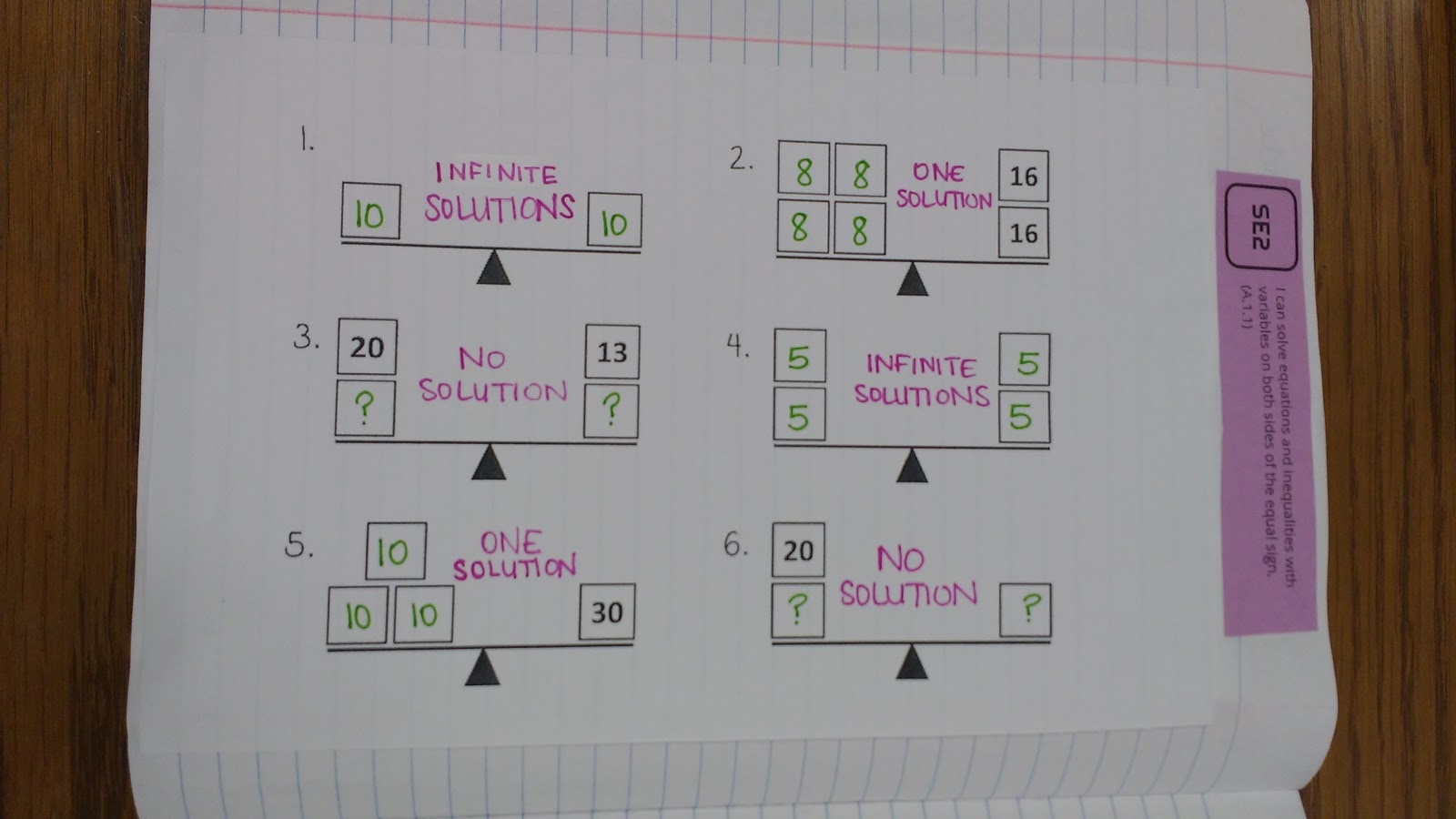
Finally, I agreed to go over the answers with my students. We discussed 1, 2, and then 4. Oh, my students were SO mad at me. I was loving every moment of this lesson! When I told them that I had lied to them at the beginning and told them all of the scales were balanced, they were not happy. In fact, they decided that I should have to give them all candy since I lied to them. That was my plan all along, of course.
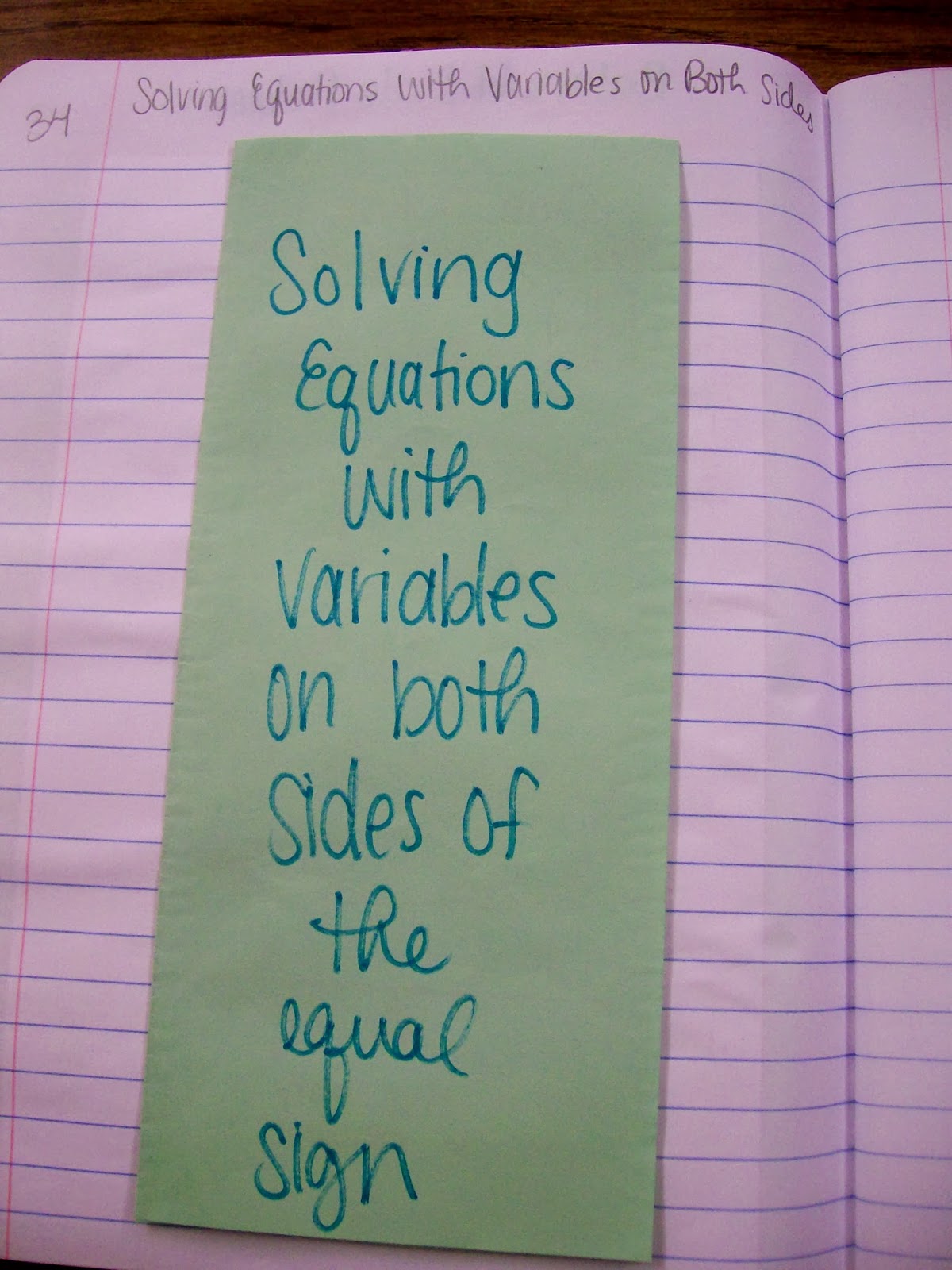
We completed this types of solutions foldable where we modeled how to solve equations that had one solution, no solution, and infinite solutions.
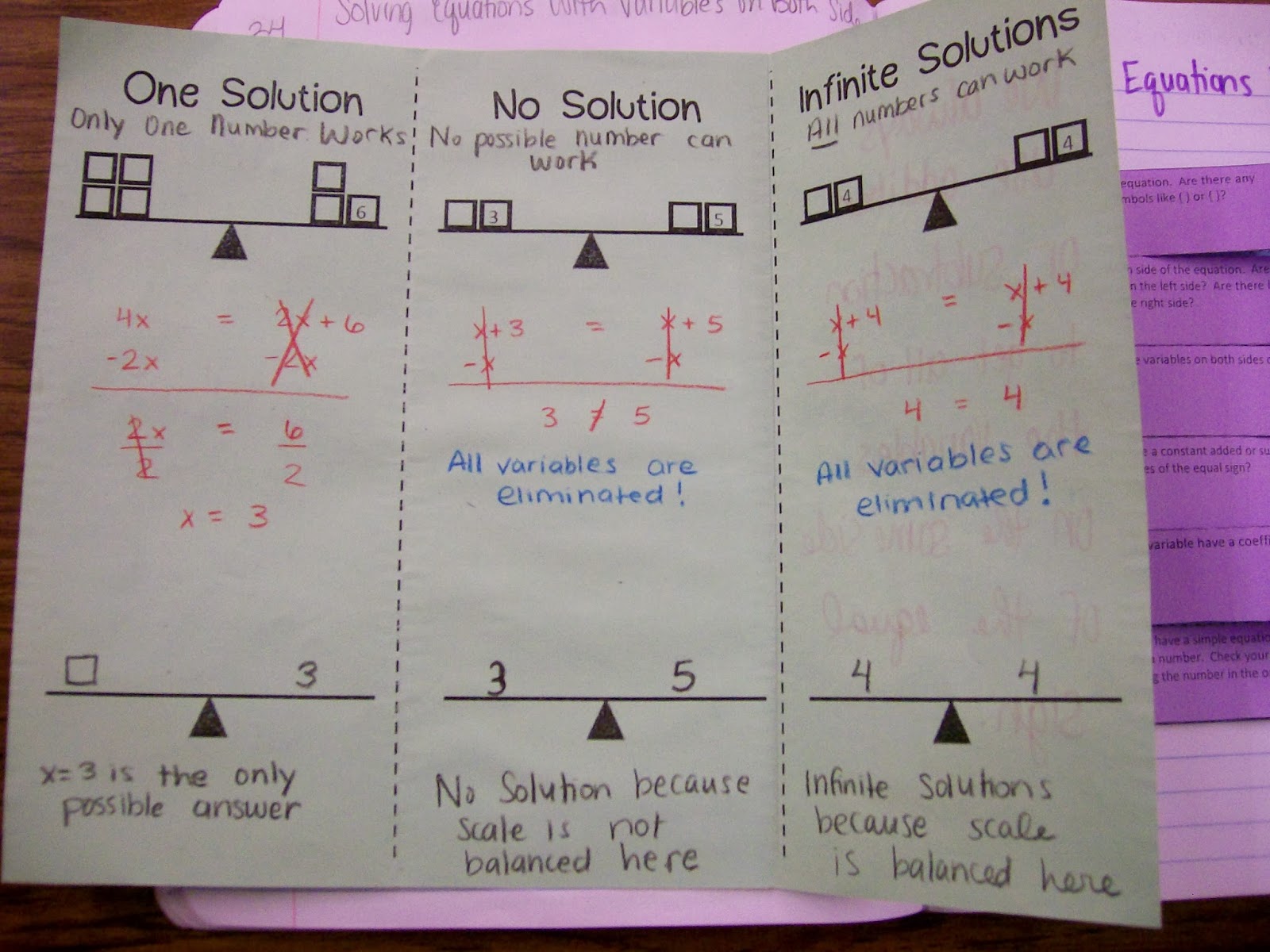
Updated Version of Types of Solutions Foldable
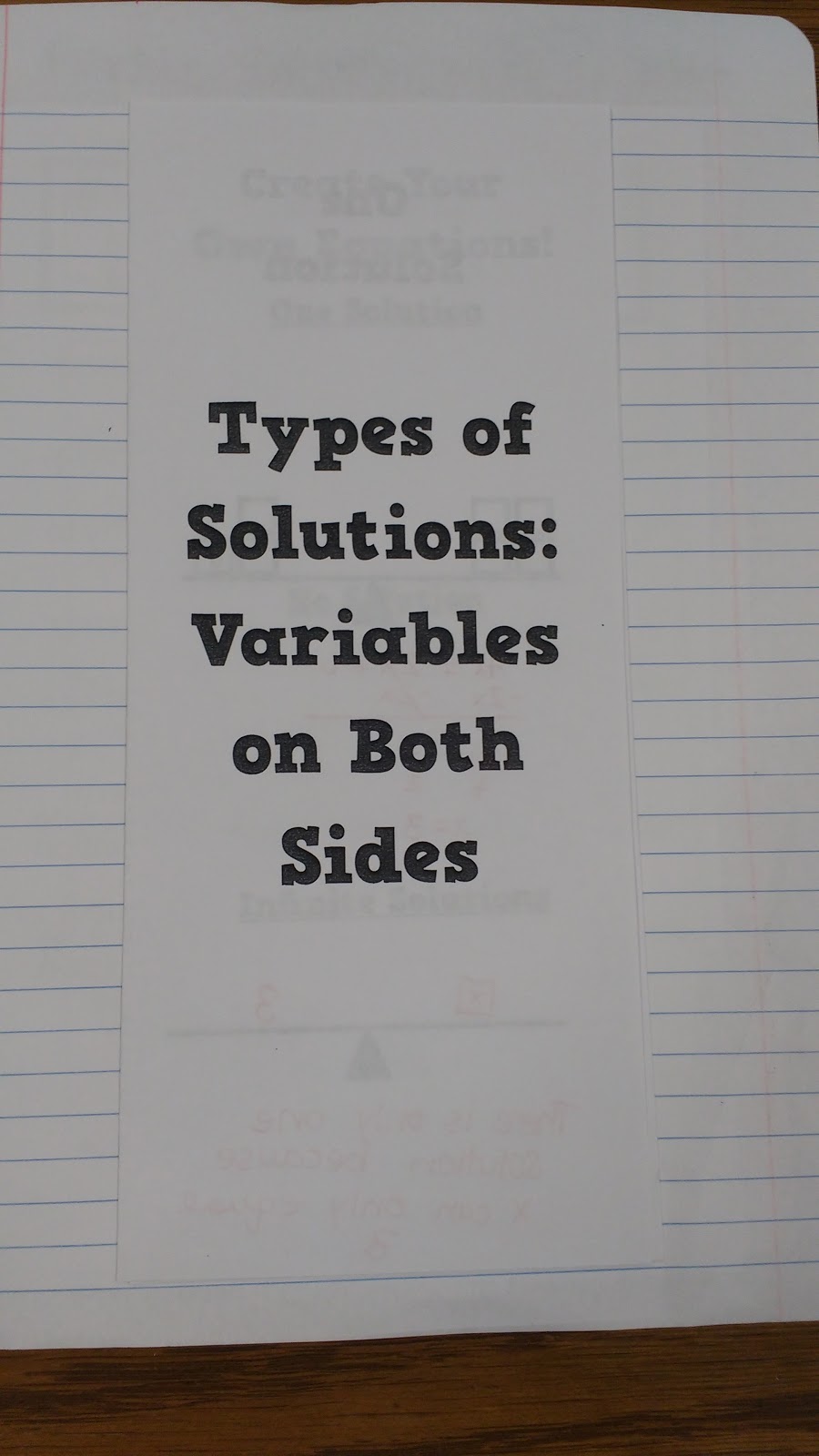
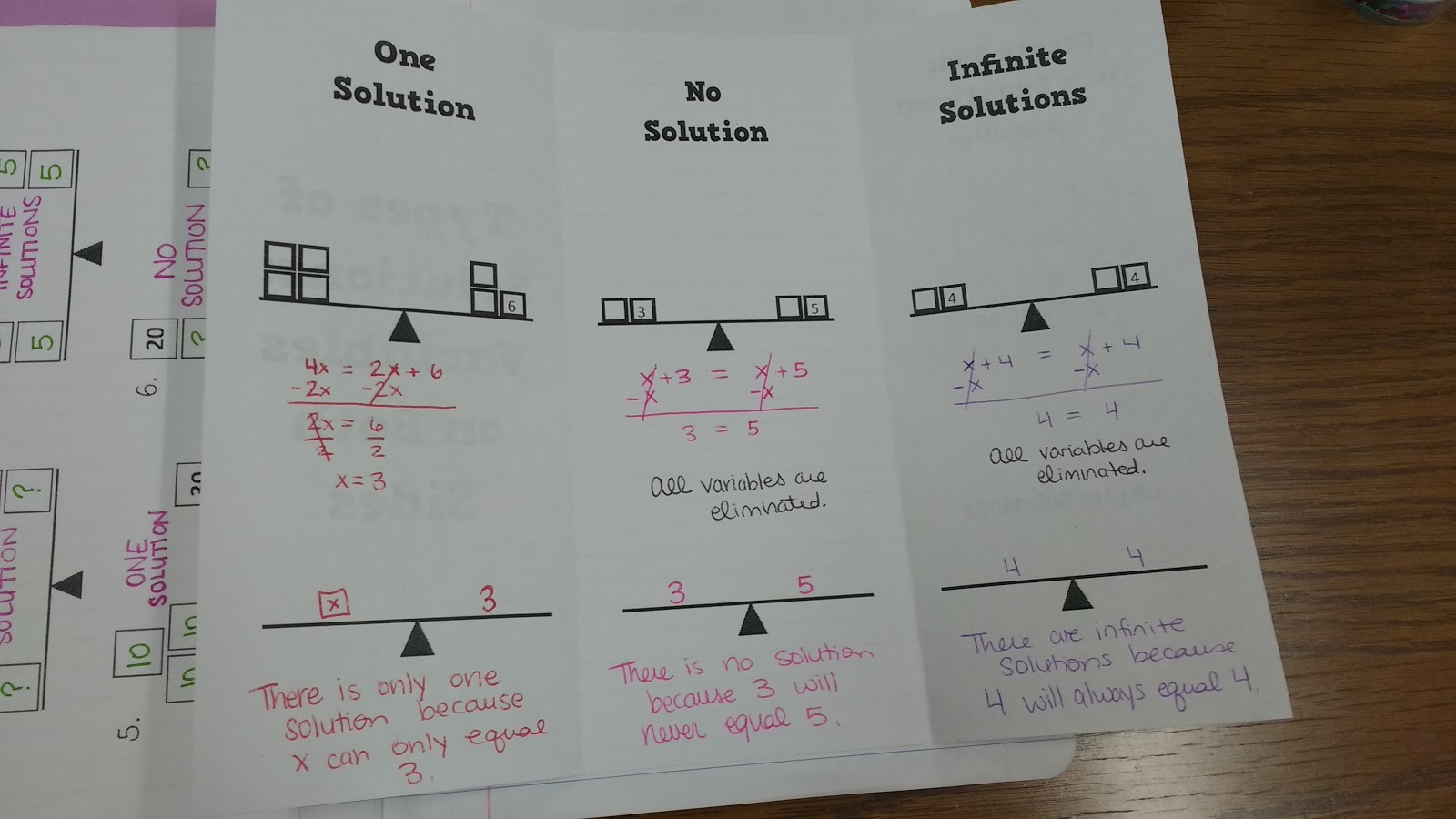
As a twist, I had my students create their own equations.
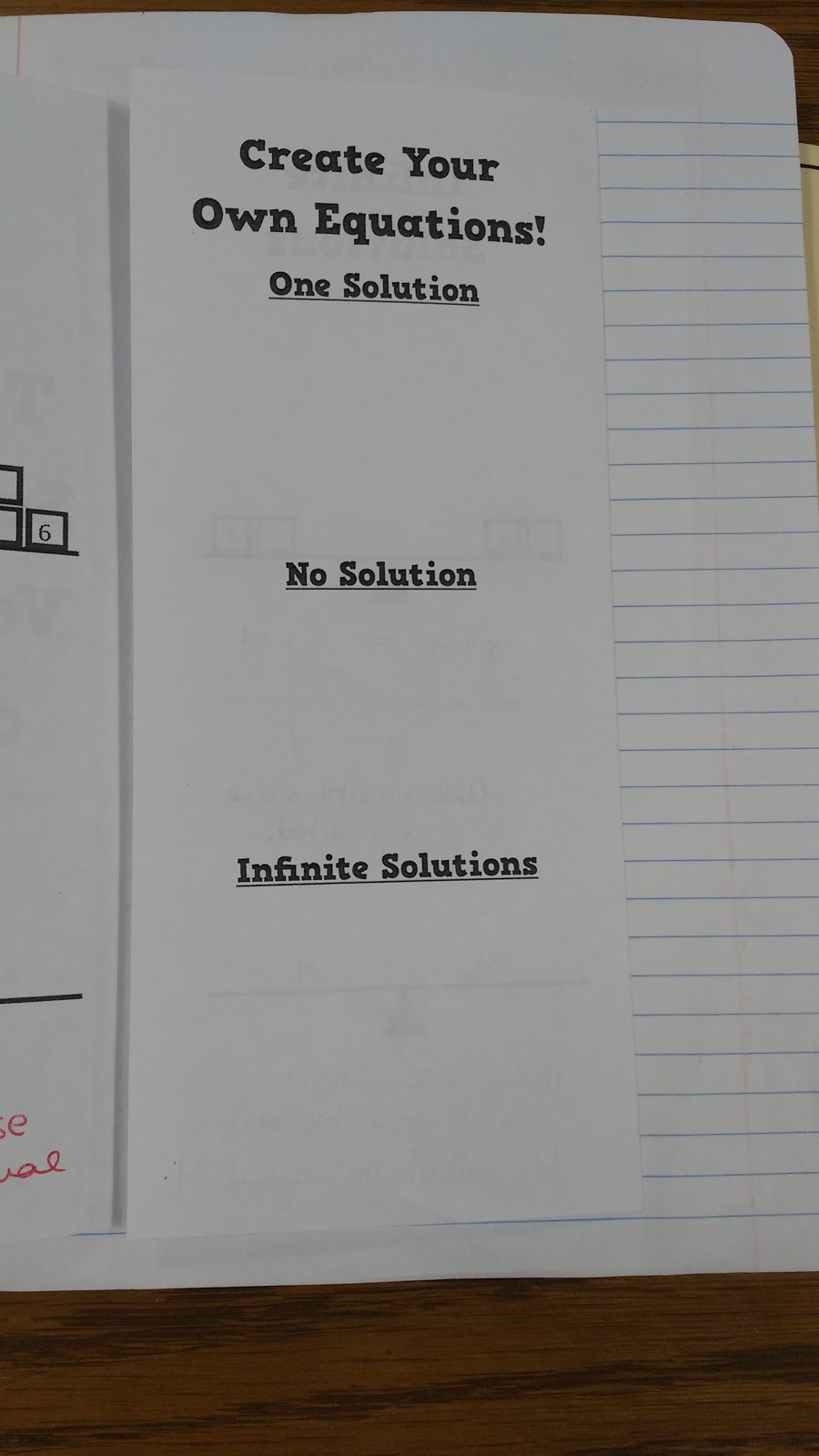
Activity Files
Click here to SAVE the file to your device.
Scales Worksheet (PDF)
1604 saves – 31.94 KB
Original Types of Solutions Foldable
Click here to SAVE the file to your device.
Types of Solutions Foldable (PDF)
1649 saves – 15.37 KB
Updated Types of Solutions Foldable

